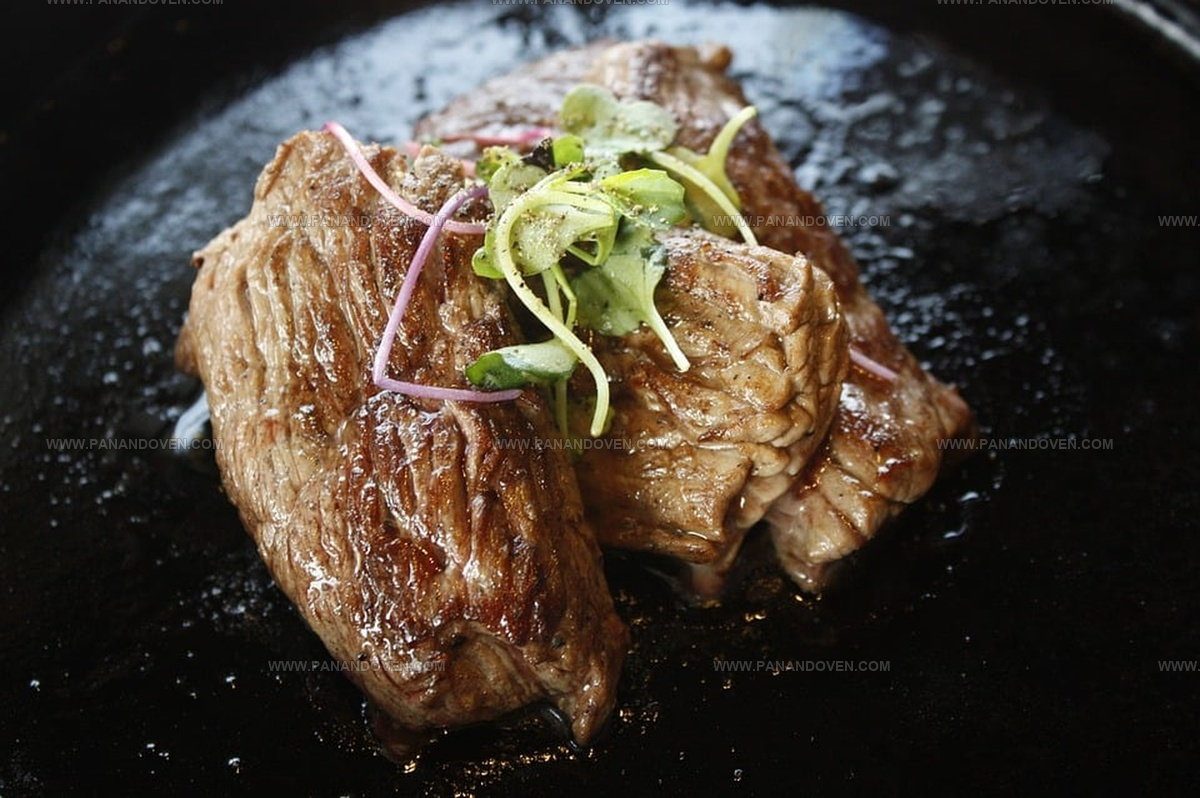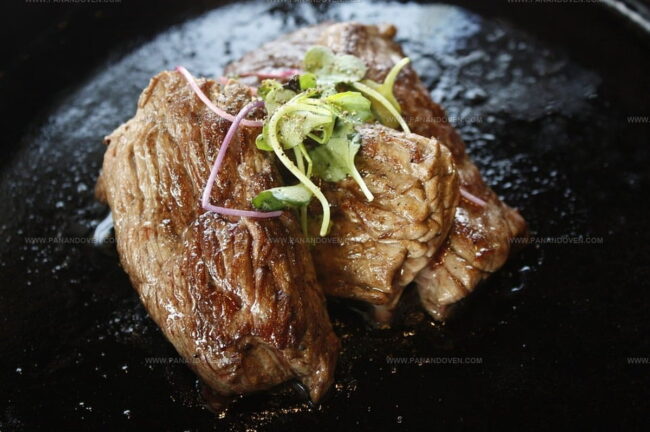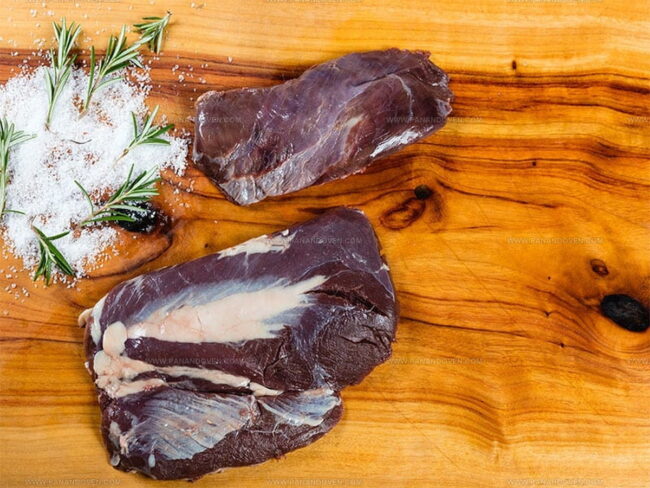What Does Emu Taste Like? Discover This Unique Bird Meat
Emu meat might surprise culinary enthusiasts seeking unique protein options.
Large Australian birds have intrigued food lovers and adventurous eaters for decades.
Restaurants and specialty markets occasionally feature this exotic meat on their menus.
Professional chefs and home cooks frequently wonder about its distinctive characteristics.
Nutritionists highlight the potential health benefits associated with consuming this lean protein source.
Many people remain curious about its flavor profile and potential cooking methods.
Understanding the nuances of emu meat can transform your culinary experience and expand your gastronomic horizons.
What Is an Emu?
Emus roam wild across Australia and rank as world's second-largest bird, with ostriches being the only taller species.
These large birds have sparked interest as potential meat sources for farming and ranching in different global regions.
Back in early 2000s, American markets saw significant enthusiasm about introducing emu meat to dinner plates.
While this meat remains uncommon, tasting it might change how you think about protein choices.
Conversations with chefs and farmers revealed interesting details about emu meat, including its unique taste, nutritional advantages, and cooking methods.
Readers will learn about:
Exploring this information will help you understand these fascinating birds and their potential as a food source.
Knowledge gained here could spark curiosity about trying something new and different from standard meat options.
Researchers and agricultural experts continue studying emus as potential sustainable protein alternatives.
Their meat carries distinctive qualities that set it apart from more traditional livestock products.
Understanding emu meat requires looking beyond typical protein expectations.
Flavor profiles and nutritional content make these birds an intriguing option for adventurous food enthusiasts seeking healthy, unique meat experiences.
How Does Emu Meat Taste?
Emu meat tastes a lot like lean beef or lamb, even though it comes from a large bird.
Its flavor is mild and delicate, with just a hint of sweetness and earthiness, and it’s not gamey at all.
Thanks to its high myoglobin content, emu meat is red in color and tender in texture, falling somewhere between beef rump and duck when cooked well.
It’s also much leaner than beef, with lower fat, cholesterol, and sodium, making it a healthy choice for people who want red meat without the extra heaviness.
Emu meat can be grilled, roasted, or sautéed just like steak, and it works well in burgers, stir-fries, and many other recipes, offering a fresh and wholesome twist for adventurous eaters.
Nutrition in Emu Meat
Uniquely Emu Products, Inc. champions emu birds with full dedication, exploring multiple ways to use their resources.
Meat from these birds offers impressive nutritional details for health-conscious consumers:
Rich in B vitamins and essential minerals, emu meat stands out as an exceptional red meat option.
Nutritional experts consider it a top-tier protein source.
Doctors with the American Heart Association recommend emu as a superior beef alternative.
American emu farms prioritize natural growth methods, raising birds without antibiotics or hormones.
Consumers benefit from a clean, wholesome meat product that supports overall wellness.
These birds provide a nutritious protein source that meets high dietary standards while maintaining excellent taste and quality.
Where to Buy Emu Meat
Finding emu meat requires some research since local butcher shops rarely stock this unique protein.
Luckily, online sources make purchasing emu meat simple.
Amaroo Hills stands out as an excellent choice for emu meat in the United States.
Their product line includes an impressive range of emu meat options at fair prices.
Newcomers should start with ground emu and flat fillets to get familiar with the meat.
After exploring basic cuts, customers can branch out to emu pastrami and jerky, which showcase incredible flavor combinations.
Amaroo Hills offers quality selections that satisfy every meat lover.
Exotic Meat Market provides shoppers with multiple emu meat choices:
Emu eggs stand out with their striking blue color.
Collectors often seek these eggs for artistic projects, while adventurous cooks appreciate their potential for creating massive omelets.
Vidalia restaurant in Washington, DC features emu on its menu.
Owner Jeff Buben has studied emus for a decade and believes this meat complements many dishes wonderfully.
How to Cook Emu Meat
Emu meat offers impressive cooking flexibility due to its size, which allows cutting into almost as many meat sections as beef.
Meat lovers can enjoy this protein in countless recipes replacing traditional red or white meats.
Several simple cooking ideas highlight this unique meat option.
Lean emu meat closely resembles beef but contains fewer calories and less fat.
Red flesh mirrors beef's texture while providing significant protein benefits.
Health conscious individuals appreciate its low cholesterol profile and nutritional advantages.
Delicious Recipes with Emu Meat:
Emu meat works well for individuals with beef allergies.
Slow cooker methods suit this meat's characteristics.
Consumers typically purchase live emus, which complicates direct meat consumption.
Rare meat selections like emu excel in stir-fry preparations.
Lean characteristics mean slightly drier meat compared to beef.
Cooks can confidently prepare emu throughout seasonal cooking periods.
Versatility allows easy substitution in standard meat-based recipes.
Emu Meat vs. Ostrich Meat
Farmers can breed young animals for selling, and eggs suitable for hatching can be marketed.
Emu meat shares similar characteristics with beef, featuring a comparable texture and color while providing more iron, protein, and vitamin C than traditional beef.
Beef, chicken, and turkey contain higher sodium levels compared to low-fat meat options.
Selling opportunities exist for ostrich products including meat, leather, and feathers.
Meat from ostriches contains low fat, calories, and sodium with a beef-like texture and color.
Beef, emu, chicken, and turkey carry higher calories, fat, and cholesterol levels, while offering significant amounts of iron and protein.
Eggshells can become decorative ornaments, storage containers, or jewelry pieces.
Farmers can generate income by selling hatching eggs or raising young animals for market.
Emu meat offers robust flavors with low fat content, matching chicken's appeal through nutritional value and taste.
Slow cookers help reduce cooking time and expense for preparing this meat.
Freezing allows long-term storage, making emu meat a convenient protein option for meals.
Eating Emu Eggs: What to Expect
Farmer Stephan Schmidt shared insights about emu eggs, noting they taste quite close to chicken eggs.
He warned against comparing them to duck eggs.
Schmidt emphasized their similarity to chicken eggs, with the key difference being the free-range environment and grain-based diet.
Large and unusual, emu eggs look like something from prehistoric times.
Experts consider these eggs extraordinary because of their stunning emerald shade.
Lou Braxton from Roaming Acres Farm in New Jersey explained the blue-green color serves a specific purpose.
Emus strategically lay eggs in grassy areas where their distinctive color helps them blend seamlessly with the surrounding landscape, protecting them from potential hunters.




Marcus Reed
Founder & Food Content Creator
Expertise
Single-recipe development, Seasonal and local ingredient utilization, Food photography and styling, Culinary writing and content creation
Education
Culinary Arts Certificate, Blue Ridge Community and Technical College, WV
Focus: Fundamentals of culinary techniques, emphasizing hands-on experience in small-scale kitchen settings.
Marcus’s story begins in Asheville, where good food and family kitchens shaped his earliest memories. After hands-on culinary training and a lot of trial (and a little error), he realized that real cooking isn’t about perfection, it’s about connection.
At Pan and Oven, Marcus crafts recipes that are easy to follow, packed with flavor, and built for real kitchens.